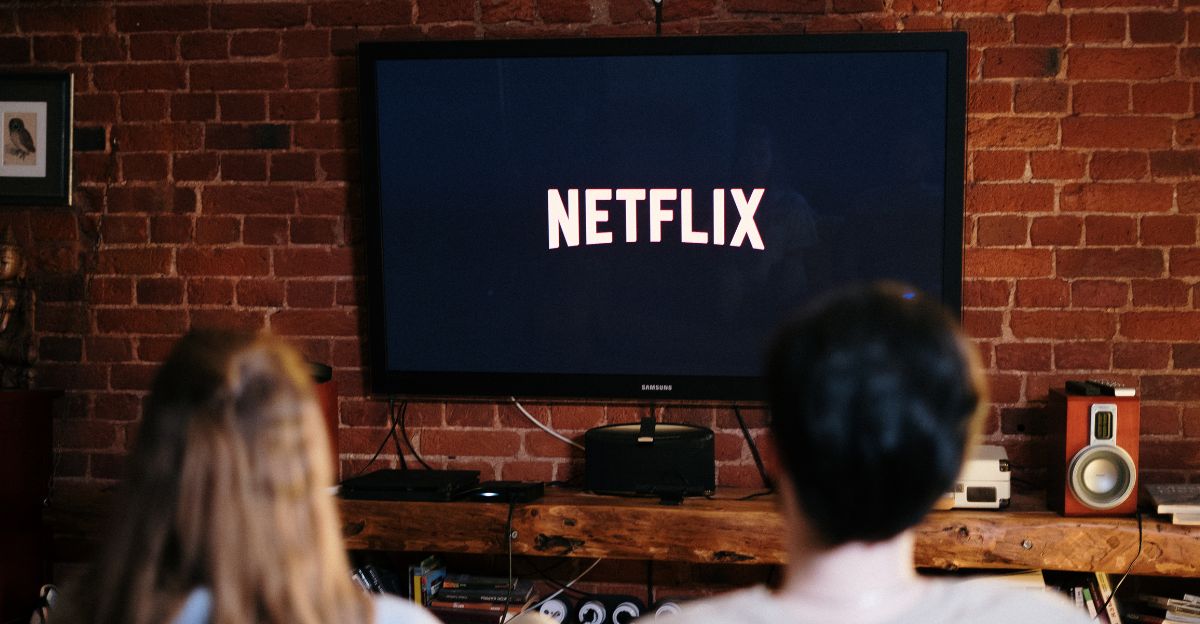
Something big is unfolding at one of Hollywood’s oldest studios. Paramount, a company with more than a century behind it, is entering a turning point.
A merger, a sudden dip in streaming subscribers, and large-scale job reductions are all coming together in 2025.
The details are still being revealed, but the direction is clear: major change is underway. What does this mean for the business, the people it employs, and the larger entertainment industry? Let’s take it apart piece by piece.
A Year of Change

In August 2025, Paramount completed its $8.4 billion merger with Skydance Media. The deal created Paramount Skydance Corporation, a new version of the famous studio.
Now the focus has shifted to blending the two companies, smoothing out operations, and showing shareholders that the merger will deliver financial results.
Market Concerns

The merger closed during a difficult stretch. Paramount’s streaming service, Paramount+, reported a loss of 1.3 million subscribers in the second quarter of 2025.
That left it with 77.7 million customers worldwide. For a platform that had counted on steady growth, the decline raised questions about how sustainable its strategy really is.
The Job Cuts

To ease financial pressure, Paramount Skydance is preparing significant staff reductions. Between 2,000 and 3,000 jobs will be eliminated by early November 2025.
Company leaders expect this to form a major part of the $2 billion in yearly savings they have promised after the merger.
Size of the Reductions

Paramount reported a workforce of about 18,600 at the end of 2024. Cutting as many as 3,000 jobs amounts to nearly 16 percent of its employees.
That scale shows how determined management is to slim down costs quickly and align the new business with investor expectations.
Speed of the Move

The job cuts were announced only weeks after the merger closed. That timing suggests the plan was in place before the deal became official.
By moving quickly, executives want to reassure markets that they are serious about making the combined company leaner and more profitable.
A Wider Trend

Paramount isn’t alone in making tough decisions. Since the start of 2025, over 3,100 companies have revealed large layoffs.
Technology and media businesses in particular have felt the strain of slower growth, shifting customer behavior, and higher expenses across production and distribution.
The Subscriber Decline

The loss of 1.3 million subscribers may seem small compared to total numbers, but it reverses years of steady gains.
Paramount+ had leaned on overseas growth and live sports deals to attract new users. The latest results suggest those approaches may no longer be enough to maintain momentum.
Why Now

The company is trying to handle two problems at once: rising costs and weakening streaming revenue. The staff reductions are meant to free resources for future projects while also proving that the merger can deliver clear financial savings.
Targeting $2 Billion

Paramount has set a goal of saving $2 billion annually. That is ambitious, especially for a business that depends on expensive productions.
The layoffs are expected to cover part of that figure, but other cost-cutting steps will be needed to reach the full target.
Impact on Staff

For employees, the announcement creates anxiety. Thousands now face uncertainty in the weeks ahead. The company has not specified which divisions will be most affected, leaving many workers unsure about whether their jobs are safe or at risk.
Mergers and Staff Overlap

It is common for mergers to lead to job reductions. When two firms combine, there are often duplicate roles that no longer make sense.
Paramount and Skydance are no exception. Integrating the businesses requires difficult choices about which teams will remain and which will not.
Investor Outlook

Investors usually welcome cost savings after weak financial results. But the balance is delicate. Too many cuts could undermine the creative pipeline that feeds Paramount’s film and TV business. If fewer shows and movies are made, audiences could drift toward competitors.
Streaming Competition

Paramount+ is battling in one of the toughest markets in entertainment. Netflix, Disney+, Amazon Prime Video, and others are fighting for the same households.
Any sign of slowing growth can hurt confidence, since subscribers can cancel quickly and shift to rival platforms.
Shaping Future Content

The merger will likely affect what gets produced. Skydance is known for blockbuster franchises like Top Gun: Maverick.
Combining that track record with Paramount’s catalog could create new opportunities. But with tighter budgets, the company will need to decide carefully where to spend.
Effects Beyond Paramount

Other studios are watching closely. If Paramount shows that heavy cost-cutting works without hurting its content pipeline, similar moves may spread across the industry. On the other hand, if it struggles, rivals may take a different path.
Looking Back

Paramount has faced change many times before. It adapted from silent film to sound, from theaters to television, and from DVDs to streaming. Each shift forced the company to make tough choices. The 2025 layoffs are part of yet another reinvention cycle.
What We Don’t Know

Questions remain unanswered. Which areas of the company will be reduced most? Will popular projects be delayed or canceled? And can subscriber numbers be stabilized, or is the platform heading for more declines in the coming quarters?
Short-Term View

In the next few months, the company will be judged on how smoothly the transition happens. Investors will monitor cost savings, staff will wait for clarity, and viewers will pay attention to whether Paramount can still deliver shows and films at the same pace.
The Road Ahead

By November 2025, the layoffs should be in place. After that, Paramount Skydance will have to prove that a leaner workforce and tighter spending can support new growth. The choices made now will shape the next stage for one of Hollywood’s most recognizable names.